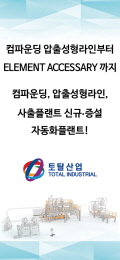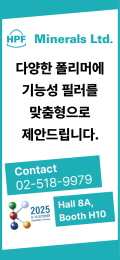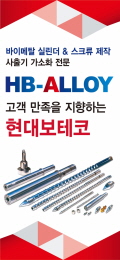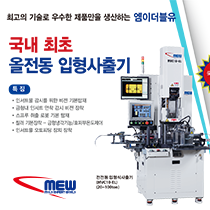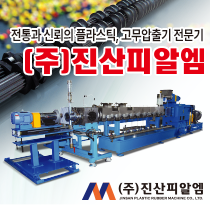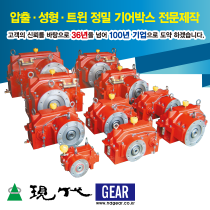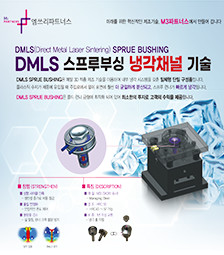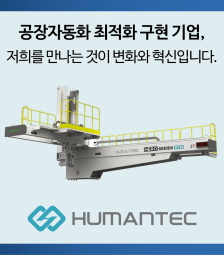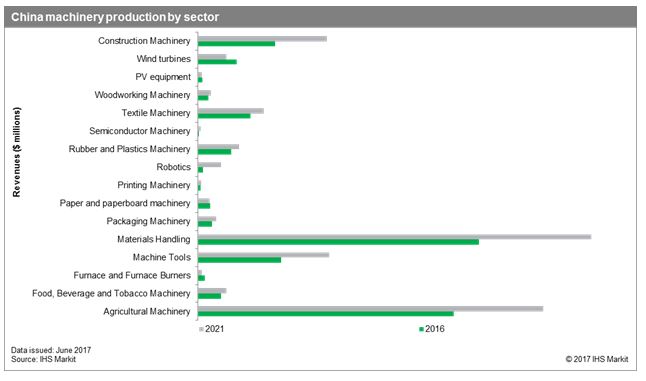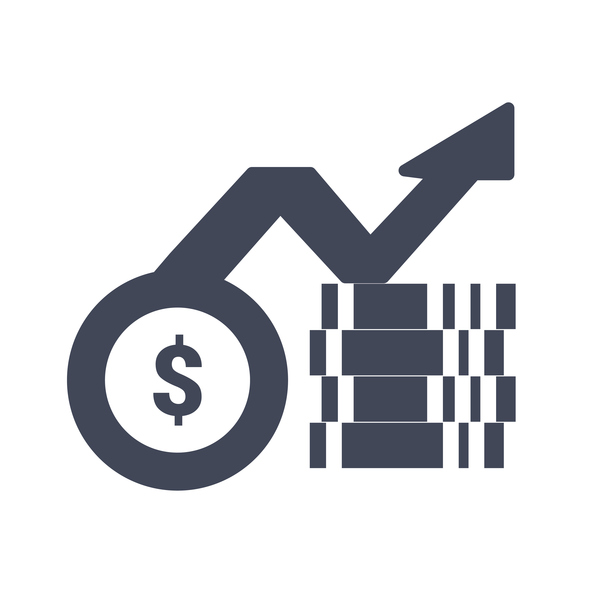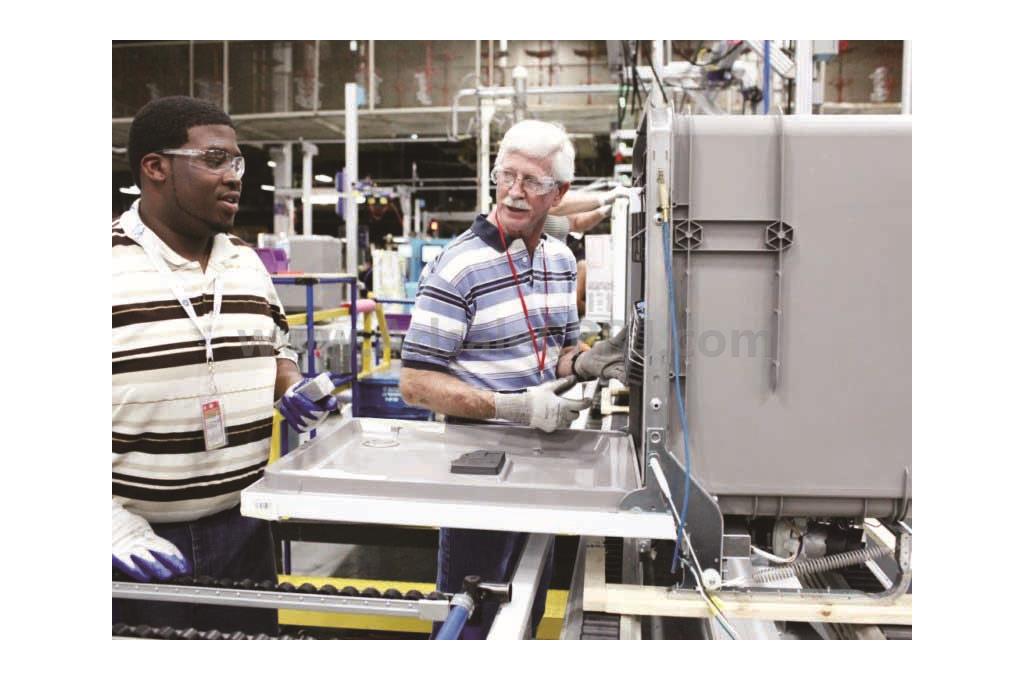Market for AM in automotive production to reach US$5.3 billion in 2023According to a new report by industry analyst firm SmarTech Publishing, the overall market for additive manufacturing (AM) in automotive is expected to reach US$5.3 billion in revenues in 2023 and then grow to an impressive US $12.4 billion by 2028.The report pointed out that by 2028, the adoption of AM by the automotive segment for production purposes is going to mark an inflection point for the industry. While the market remains focused on prototyping and tooling, parts production will become the primary revenue opportunity by the end of the forecast period, surpassing prototyping, tooling, hardware and materials. Parts production including metal and polymer parts, as well as both parts produced internally by automotive OEM’s and in outsourcing, isexpected to be the primary revenue opportunity driving the entire segment, totaling nearly US$4.3 billion by the end of 2028.On the one hand, major new hardware from leading vendor is now focusing on automotive part production: multi-jet fusion (HP), digital light synthesis (Carbon) as well as metal binder jetting projects from Desktop Metal, GE, HP and Stratasys.On the other hand, major automotive OEMs have formed partnership with AM hardware OEM focusing on part production given the value they see from integrating additive manufacturing into their processes.Automotive industry stakeholders worldwide are racing toward full industrialization and integration of the AM process within their end-to-end production workflow, beginning with software and materials, passing through the actual AM hardware, and ending with services and a growing number of possible applications.Source: CPRJ International
Aeyoung Park
2018-07-09

